Plastic Pollution & Vulnerability
Brené Brown preaches it. Social media is abuzz about it. Yogis learn about it in their teacher training (hollaaa!) and we all need to be practicing it every day, but we’re not. Say it with me folks: vul-ner-a-bil-i-ty. Vulnerability! It’s, like, the most important concept ev-ar.
Why?
Because a lack of vulnerability is holding up the show from going on. It is why things fall apart, why we hide, fight, scream, and blame, until our hearts are broken, we’re polarized, divisive, and our planet falls apart. Hello circus, can you please GTFOutta town? Enough already!
I’m getting ahead of myself…let’s first talk about what vulnerability is and how can we use it to curb the plastic pollution monster. Cue Brené – get cozy and have a listen to her 2010 TEDxHouston talk, where she lays it all on the table:
Here’s the thing: the world doesn’t need more armchair advocates. Our plastic-filled waterways and oceans don’t need more “likes,” “hearts,” “snaps,” or “follows.” What they need are people coming face-to-face for some good ole fashioned connection, the kind where you stand in front of someone feeling awkward as all get-out, explaining why you’re so passionate about how awful it is that single-use plastic condiment cups are overtaking our planet. This kind of energy exchange only happens when we put ourselves out there, when we’re seen. Eek! But…when we do this, we open doors. (#truth: it definitely doesn’t always feel like a door opening – rather, it feels like you’re forcing yourself to run through a door that’s on fire or full of snakes or tarantulas or whatever freaks you out the most.) Magic happens when we bust open that door and break on through to the other side and we need all the freakin’ magic we can get around here because this plastic problem is DIRE, folks!
What does vulnerability look like?
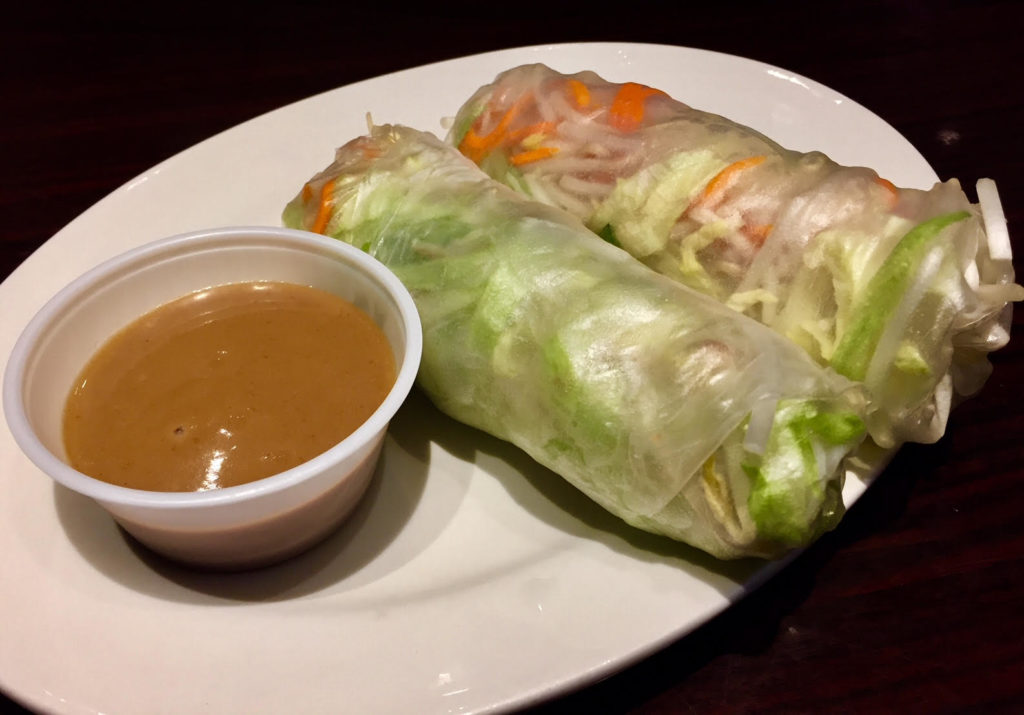
It looks like an order of innocent salad rolls arriving at your table with a plastic cup full of peanut sauce, when you were so not expecting a shred of plastic in your meal and realizing you have one of two options:
- You can say nothing because you loathe confrontation and it’s only one tiny little plastic, and what are you going to say to the owner, anyway? They’re using freaking styrofoam for their takeout options, for cripes sake!
- You can swallow your fear, flag your waiter down, and politely ask to speak with the owner. You have no idea how this conversation is going to roll out, but it doesn’t matter. You must take a stand and go straight to the top.*
Which path do you take?
Brené Brown explains in her video about why this choice is so tricky, and why we are so bad at vulnerability in general. Turns out, it’s a bit paradoxical because in order to be vulnerable, we have to allow ourselves to be seen but we also have to understand that there are no guarantees to putting ourselves out there. We might fall flat on our faces (and a lot of the time, we will!). From an evolutionary standpoint, this is risky and we humans are risk-averse. But, she also says…
“In order for connection to happen, we have to allow ourselves to be seen.”
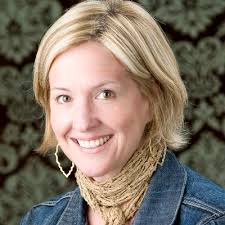
Brené Brown
Researcher Storyteller
Vulnerability asks that we put ourselves out there with no guarantees that there’s anyone on the other side to catch us if we stumble. When we talk about plastic pollution, we’re talking about a substance that is so pervasive in our culture that for a lot of people, it’s not even something they see (cue the plastic condiment cup). In order to even start a conversation about plastic being a problem, we first have to draw attention to it, and this is awkward because it basically forces us to call society out on their destructive habits.
Stretch – it’s good for you.
When we exercise our vulnerability muscle, when we take a stand and speak our mind – however garbled, stuttered, or nonsensical we may be, we are telling the story of who we are with our whole heart, which Brené tells us is the original definition of courage. We are getting off our armchairs and standing in our power. When we do that, people pay attention. That energy exchange I mentioned earlier? Yeah – this is it! The restaurant owner using too much Styrofoam is probably not going to be compelled to change his habits by watching a YouTube video about the negative effects of plastic on our environment, and to be fair, he might not change his habits after having a polite but intense in-person discussion with an advocate visiting his establishment either. But, he’ll certainly feel something, more than he might if he were passively watching a video that rolled up on his Facebook feed.
“Connection is what it’s all about.”

Brené Brown
Researcher Storyteller
Turns out, this is something we can do as a collective and in fact, believing that we’re being backed up by a community is what we need to help us lean into our feelings of vulnerability. Believing that there are other people out there fighting for the same thing, it’s like a big, advocacy safety net. Just imagine the power we could have if we multiplied our one, awkward, vulnerable interaction by a factor of 5, 10, 100…1,000. The movement builds as soon as we’re willing to step outside of our comfort zone. In the world of plastic pollution advocacy, this is a necessity.
The thing is…
We have to let ourselves be seen in order to connect. In the case of this restaurant, it turns out that the entire wait staff was totally aware of how awful plastic was, but their cries to compel the owner to change were falling on deaf ears. They welcomed this interaction and seemed to hunger for more. Back to that multiplication factor…
Regardless of whether or not anything happens from these kinds of interactions is practically irrelevant because here’s what I’m convinced of: as long as we toe the party line, keep our heads down, assuming there’s absolutely nothing we can do about a situation, then we’re right and that’s what will happen: a big pile of NADA. We’ve given up the fight before it’s even started. But if we realize that we have a voice and that all it takes is for us to walk outside of our safe little bubble…we can make magic happen. For real, people! I’ve seen it with my own eyes. Sure, the magic doesn’t happen right away (may not within our lifetime!) and it is for sure not easy (simple does not an easy thing make) but it will happen.
So, who’s ready to get vulnerable?
*Hat tip to this beautiful human for being the inspiration behind this post. He is the one responsible for starting the conversation about the peanut sauce cup at Fresh Lemongrass (in case anyone is visiting Vernon and would like to continue this positive energy exchange with the owner ;-)) and I’ve learned endlessly from his efforts to be vulnerable. Typing this out, gushing about this human on a public platform, is also making me feel vulnerable. Eek! Oh well! *exhale*
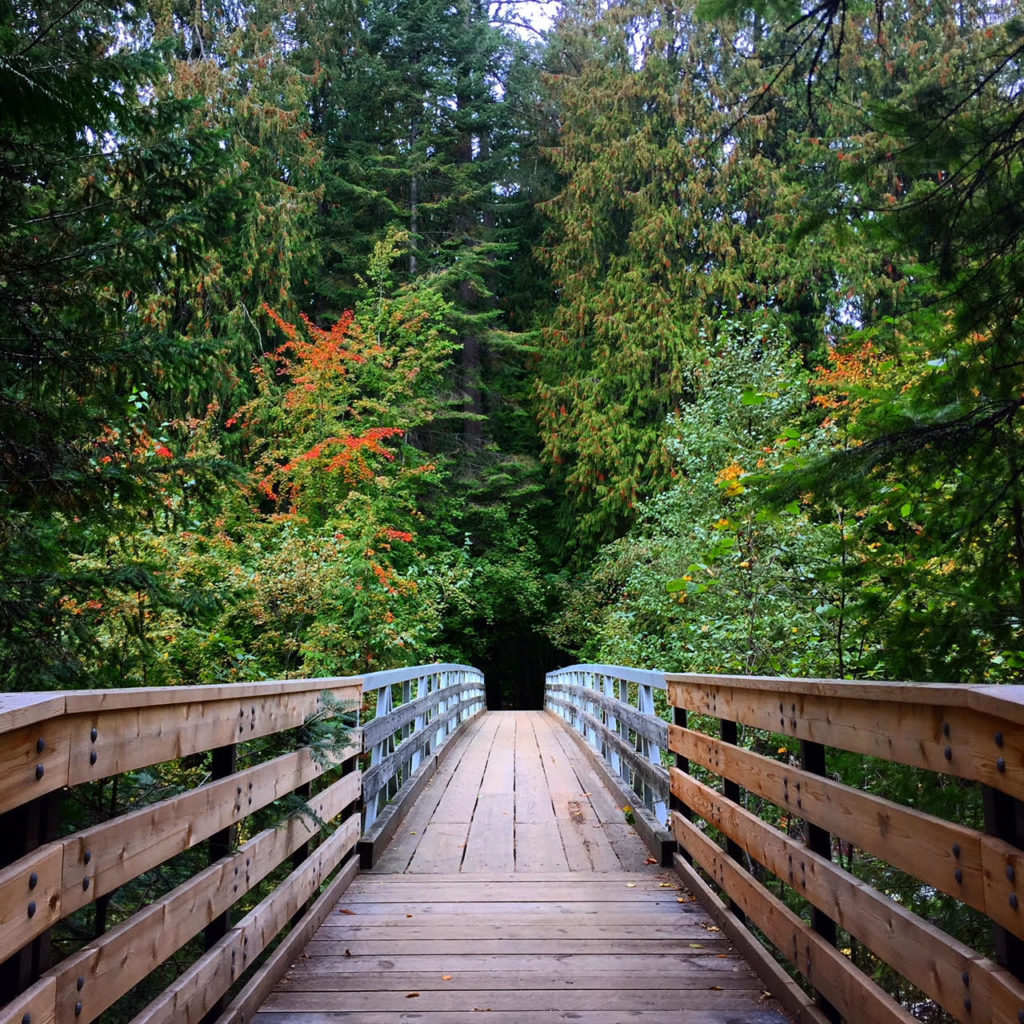

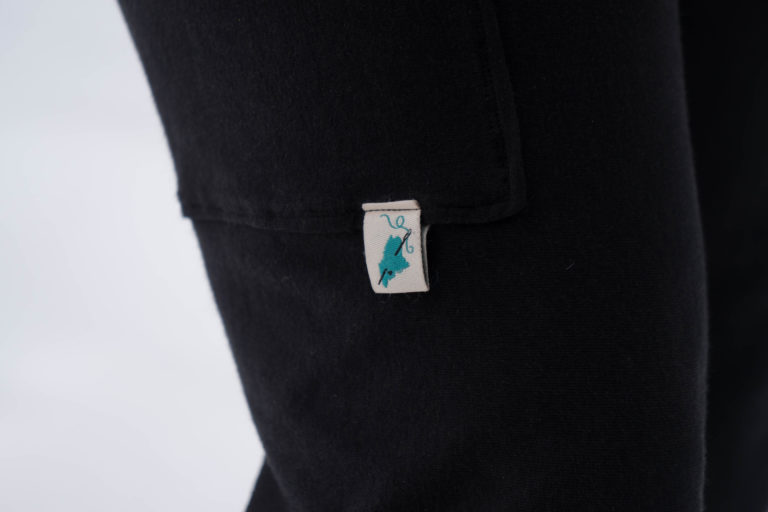
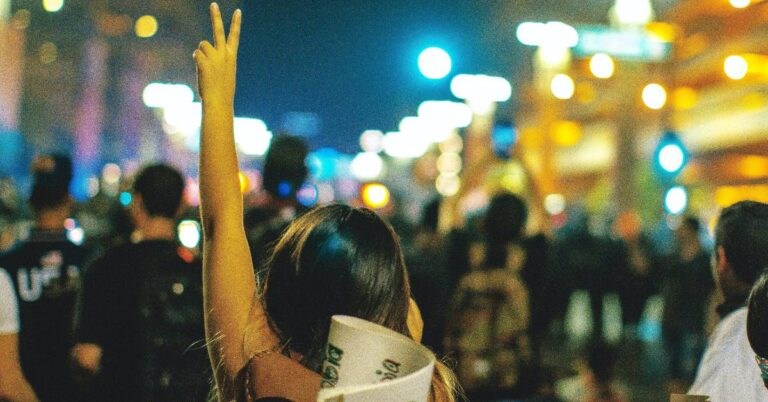
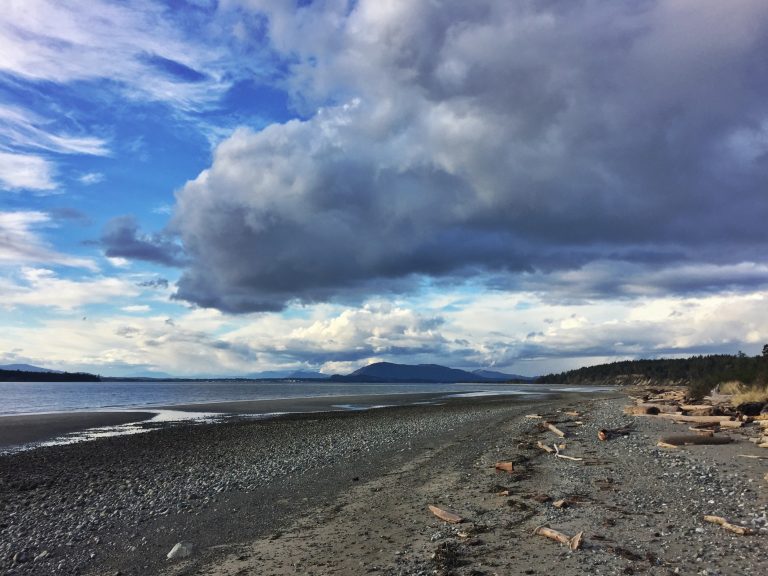
So true, we have to start the conversations to raise awareness to a higher consciousness. Love your blog, Berne and I am proud of you.